Having sketched out the reasons for my decision to commit to just one camera for the New Year in a previous post, I’ll now walk through the various contenders and reveal my choice. Since 2025 will involve a fair amount of travel for me, I’m eliminating any gear that’s excessively cumbersome. Onto the shelf, then, go the Zone VI 4×5; the Graflex Speed Graphic with its gleaming, radioactive Aero-Ektar lens; the chrome-brick Bronica S2a; and the Tele-Rolleiflex 135mm f4 (although heavy, this camera always brings gorgeous results; putting it aside hurts…).
Whittling the list down to this point leaves just two choices. Both cameras date from what was arguably the golden age of film camera production: a Leica M3 from 1961 and a Rolleiflex 2.8F from 1965 (as pictured above).
Here are my admittedly idiosyncratic, personal views on the merits and limitations of each.
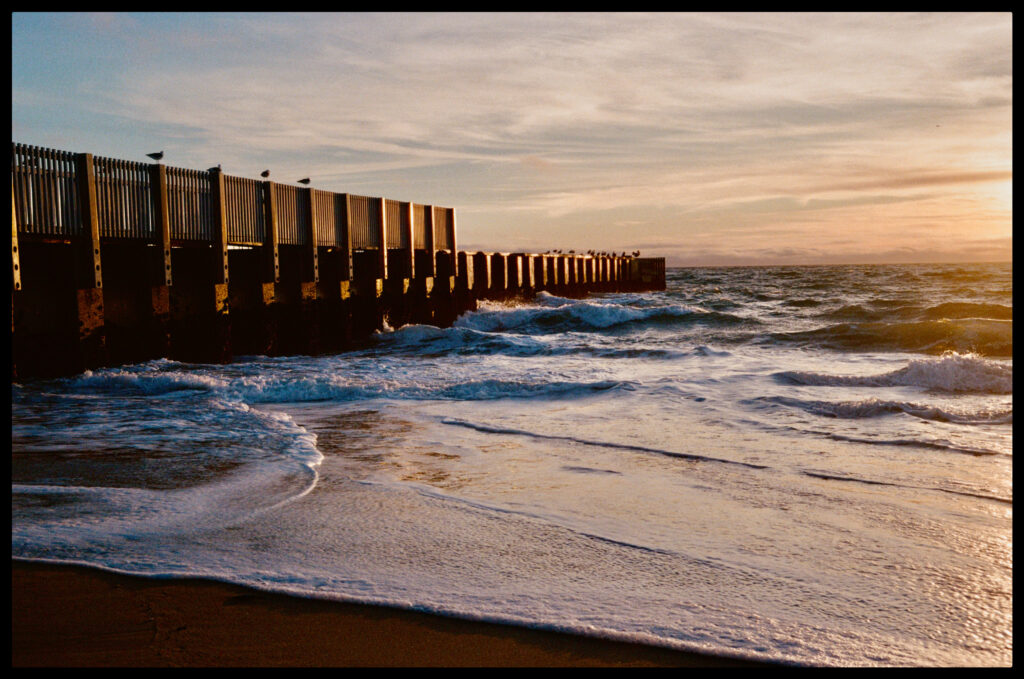
The Leica M3
My first vintage Leica M was actually a black-painted early 2000s M6, bought with high hopes from a retailer in Japan, then, just as soon, regretted. While with it I came to appreciate the M system and lenses, I never warmed to the M6. Its 0.72x finder made the world just a bit too squinty for my bespectacled eyes, and in bright sunlight was also prone to flares. I sold it after a year and with the proceeds bought two chrome-brass 1960s M3 bodies in excellent condition (one for black and white, the other for color!). Those models’ 0.91x finder, the highest magnification Leica built, more than lives up to its hype.
The virtues of the M3 are well-known. Compact, quiet and reliable, stylish yet inconspicuous (the Leica red dot appears only later with the M4-P), it also opens the door to an array of superior optics. My current kit includes a tiny ultra-wide Voigtlander 21mm f4, a Leitz/Summaron 35mm f2.8, a Summicron 50mm f2.0 Dual Range, and a 90mm Voigtlander 90 APO-Skopar. I also own the light and relatively inexpensive 1950s Canon LTM 50 f1.4 — also known as the “Japanese Summilux” — for when I need a fast 50.
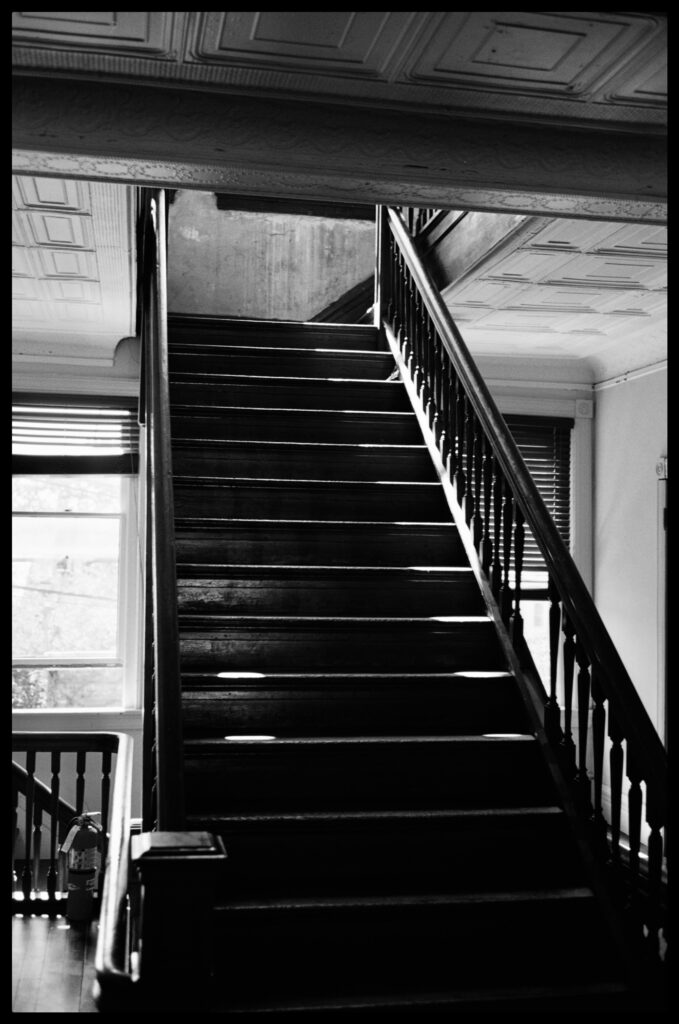
The abundance of focal lengths available for the M3 and the lenses’ compatibility with one another (they all take the same 39mm filters) is also a major attraction. For me, this bounty is also at times a bit of a drag. The sheer embarrassment of choices can keep my mind whirling, distracting me rather than bringing me closer to the world and what I seek to photograph.
The other major selling point of the M3 — its convenient 35mm format — while an undeniable plus (more opportunities for taking risks or for bracketing to get the best exposure), is also at times a frustration. As a darkroom printer, I value the extra real estate a larger negative brings. While I don’t often print larger than 11×14 inches, the option to go to 16×20″ or even 20×24″ without losing detail is a luxury that I forgo when I shoot 35mm film.
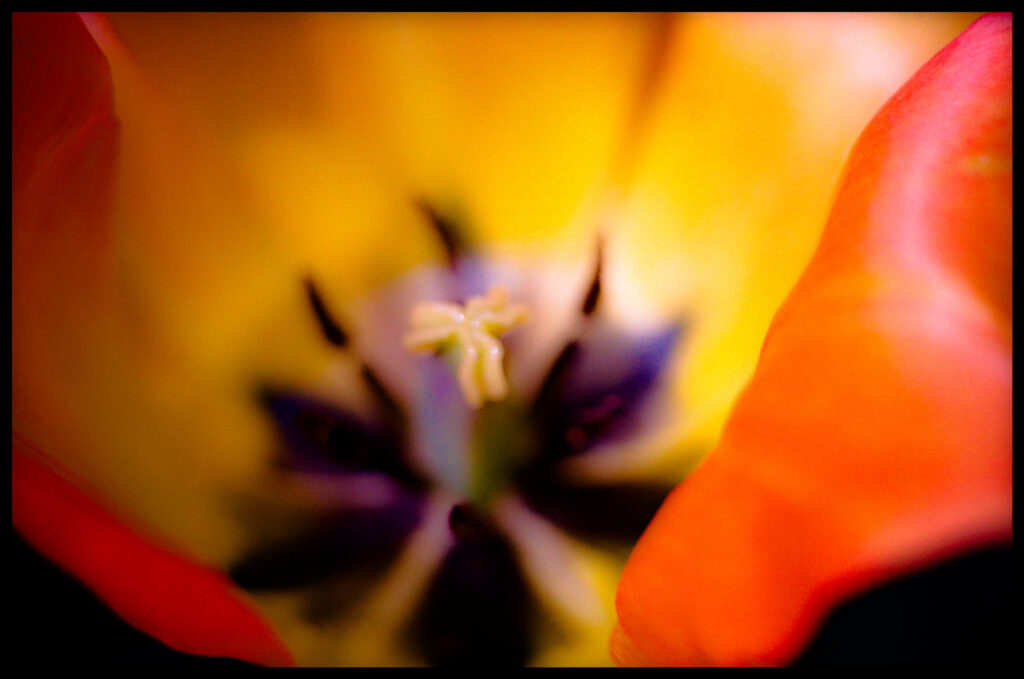
One widely-acknowledged disadvantage of the M3 that hasn’t been a drawback for me is its lack of internal light meter. I find the absence of onboard electronics soothing — no wires or batteries! — and am perfectly content using Sunny 16 or a handheld meter to set exposures. (I’m less enamored with the M3’s slow fifthieth of a second flash sync speed, a design common to all cloth-curtain film Ms, and with the outmoded, proprietary flash ports whose fiddly brass converters sometimes pop out or fail altogether.)
Still, all in all, the M3 has many advantages, including the incalculable pleasure of shooting with a camera used by countless legendary photographers (a current favorite: Martine Franck). It would be a no-brainer, a fantastic companion for me in 2025.

The Rolleiflex 2.8F
My other camera choice, the Rolleiflex 2.8F, is also a storied contender with a great many virtues. Its fixed f2.8 Planar, while not as fast as some 35mm lenses offered for the Leica, is by any reckoning a superlative piece of glass. In low light, pushing film ISO, using a tripod or adding flash can help compensate for the f2.8 lens’s speed limitation. As Geoff Chaplin discusses in a recent 35mmc post, the camera’s heft and waist-level position also allow it to be shot hand-held at shutter speeds that would produce motion blur on most other cameras (unlike Geoff, I’ve not as yet attempted this trick by night).
Speaking of the waist-level finder, it’s a defining feature, and a huge plus, of the Rolleiflex system. Looking down through the viewing lens not only makes focus smoother than any manual rangefinder I’ve yet encountered, the twin lenses give the camera an uncommon up-and-down profile that is its own kind of virtue. While the Rollei invites conversation and spontaneous portraits of strangers (once folks figure out what the heck it is), the 2.8F’s soft-clicking shutter and unique form factor also allow for a surprising degree of stealth when one wants it, as Vivian Maier demonstrated through her incredible body of work. This is in marked contrast to the M3, which despite its quiet shutter and clean, mid-century lines, is still recognizably a camera, with all the worries about intrusion such tools can stir for people these days.

In addition to an unobtrusive and practical Selenium light meter (no batteries required) and a standard flash port and shutter that works at all speeds, the Rollei’s final virtue for me is its use of medium format film. While on occasion I feel limited by the 6×6 shape — rectangles at times seem more organic than squares — the gain in resolution that comes with the bigger negative often makes it a better choice for work in the darkroom. (And if one likes rectangles, as the peerless Fan Ho’s photographs amply demonstrate, one can always crop.)
This is not to say that the 2.8F is without drawbacks. Its fixed focal length is the most egregious of these, one that manufacturer Franke & Heidecke struggled and failed to address in the face of stiff, and ultimately overwhelming, competition from Hasselblad from the 1950s through F&H’s bankruptcy in the early 1980s. Although I possess a number of attachments that allow the Planar to be adapted to different circumstances — a set of little Rolleinars that allow the camera to be deployed closer than the camera’s one meter minimum focus distance; hulking Mutar attachments for wide-angle and telephoto shooting — these hacks don’t allow the camera anything like the flexibility of an interchangeable lens system. My Leica M3 not only accommodates lenses of different brands and focal lengths with the touch of a button, it affords me the capacity to use lenses of different epochs, speeds and character, from softer and “glowier” Leitz (and Canon) lenses from the 1930s-1950s to the latest and most clinically stringent aspherical/APO offerings. (Although the 1965 Planar delivers photos of incredible sharpness, I do at times wonder if it’s a bit less atmospheric than the f3.5 Zeiss Tessar that came on my first Rolleiflex — a 1951 Automat — though perhaps that’s just nostalgia.)
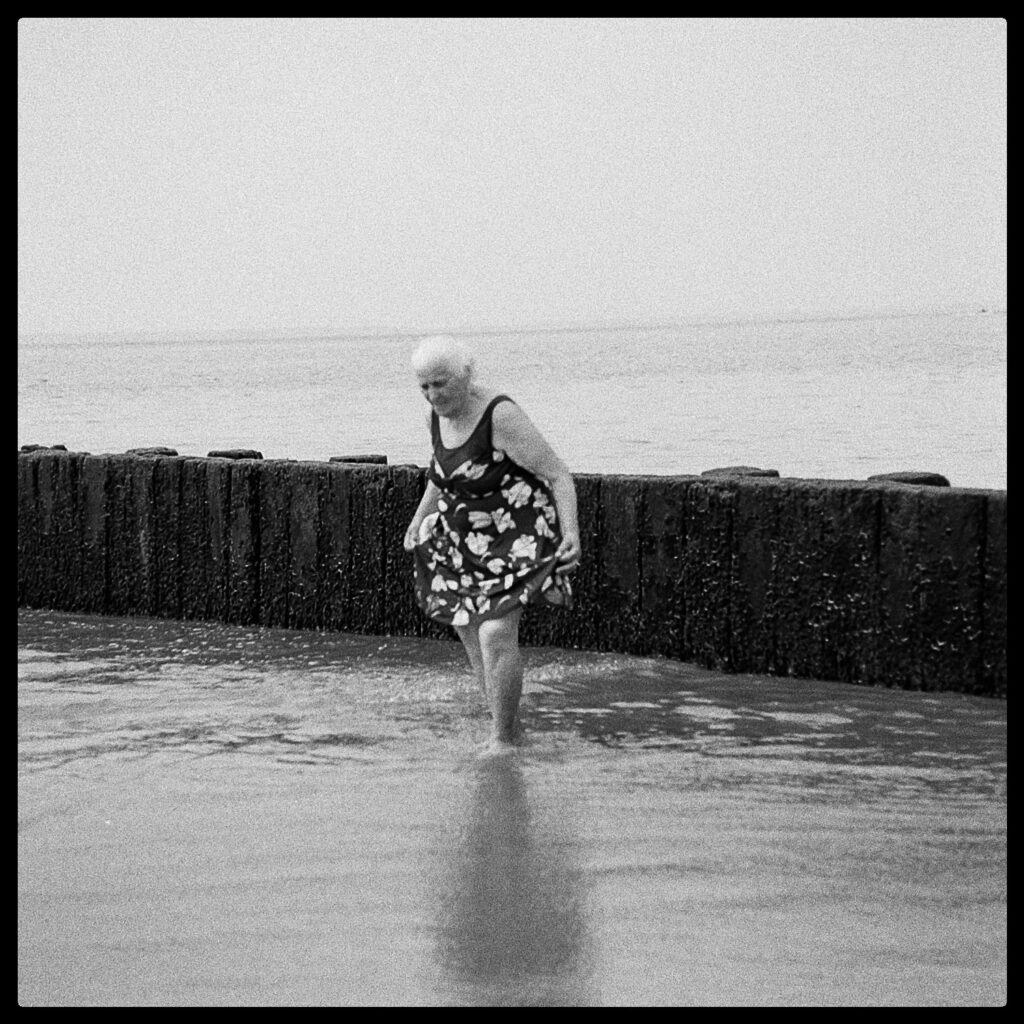
The final drawbacks of the Rollei are size and weight. Even without the large Mutar attachments (which together weigh more than the camera), the Rollei is bulkier and heavier the M3 with a standard lens. Accommodating other items — close-up attachments, filters and expensive and space-consuming 120 film (at 12 shots per roll, one needs many more of these than the efficient 35mm canisters used in the Leica) — requires a capacious camera bag and a not insignificant investment of sweat to carry around.
Unlike the M3, the 2.8F will never be a pocket camera.
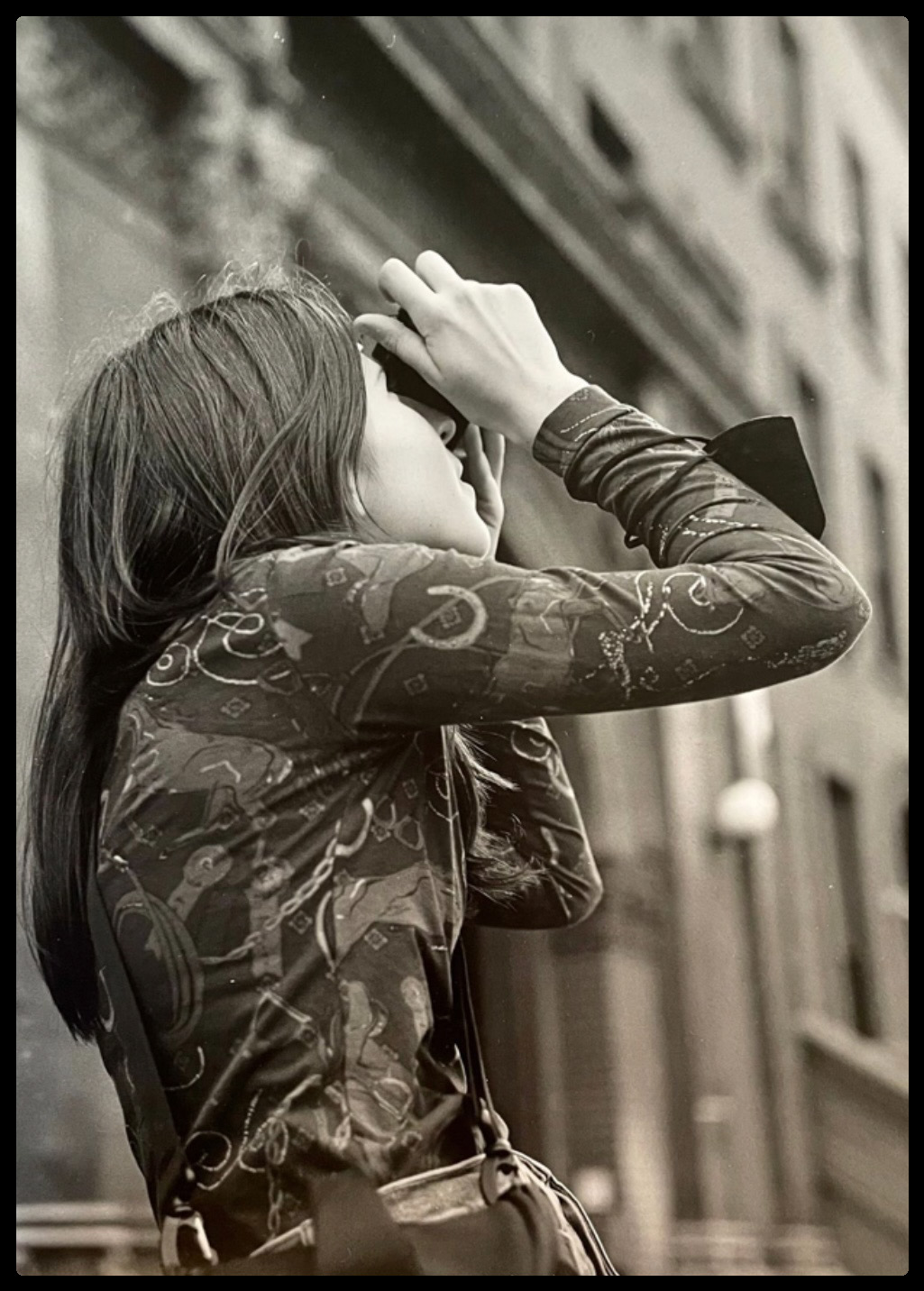
A Decision
Despite these limitations, I’ve decided to go with the Rolleiflex over the Leica as my camera for 2025.
It was nip and tuck.
As I was writing the preceding paragraphs I mentally outlined a conclusion that went in the opposite direction. The M3’s versatility and compactness, along with its amazing range of lenses and capacity to shoot without compromise in low light seemed for a time to make it the stronger choice. Although I’ve admittedly never felt fully at home carrying multiple lenses, I wondered if perhaps committing to the M3 for a year might give me the opportunity to hone a skill — becoming fluent with an interchangeable lens system — that most photographers I know deploy as a matter of course.
Ultimately, it was neither this nor any technical detail that tipped me toward the Rollei, but rather the weight of experience. As much as I have loved the M3, and have in fact gotten great results from it (in particular when shooting color film), it has never provided the consistent level of satisfaction I derive from my Rolleis (both the 2.8F and older models owned previously). The photos I love most — those that get wrapped up as gifts; those that hang on walls — have during my film photography journey more often than not been born behind the lens of a Rolleiflex.
Bowing to a decision that now seems fore-ordained, I grab my 2.8F and look forward with excitement to what this new year will bring.
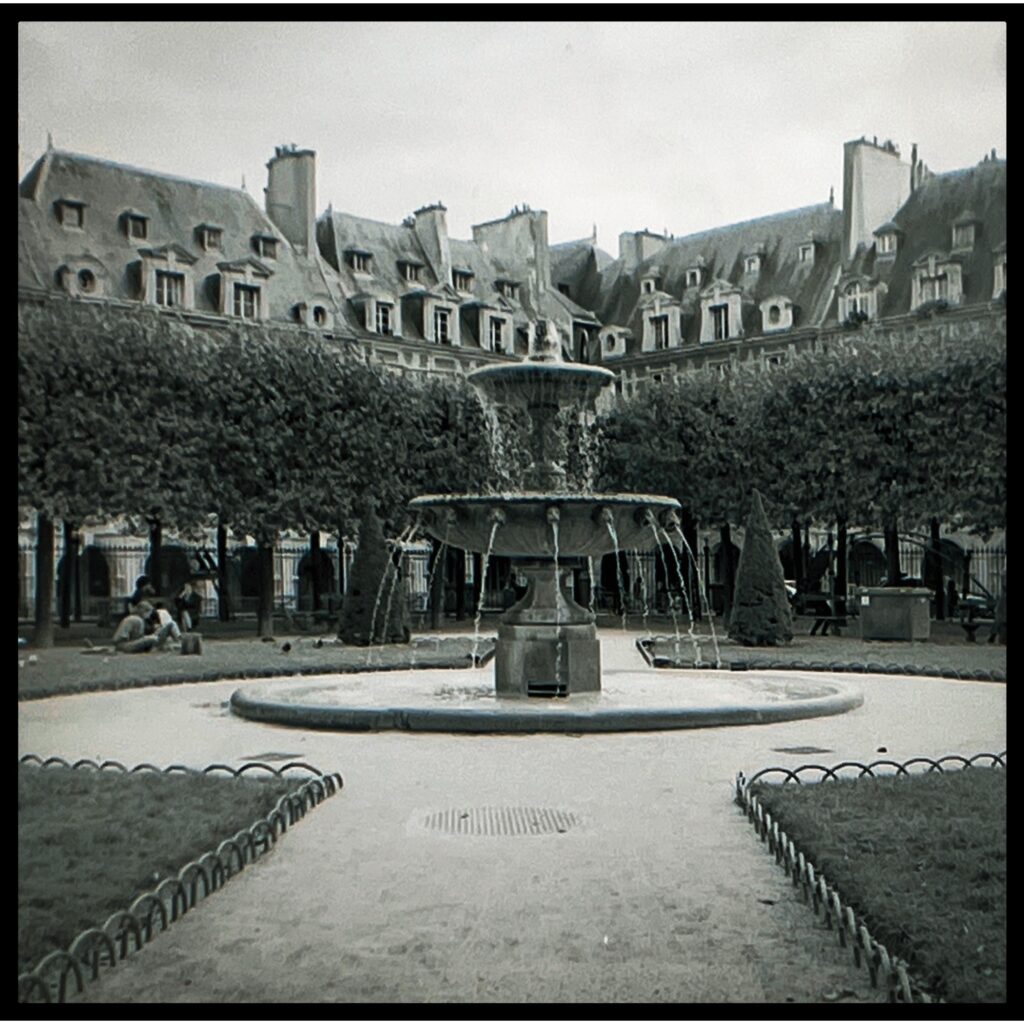
Share this post:
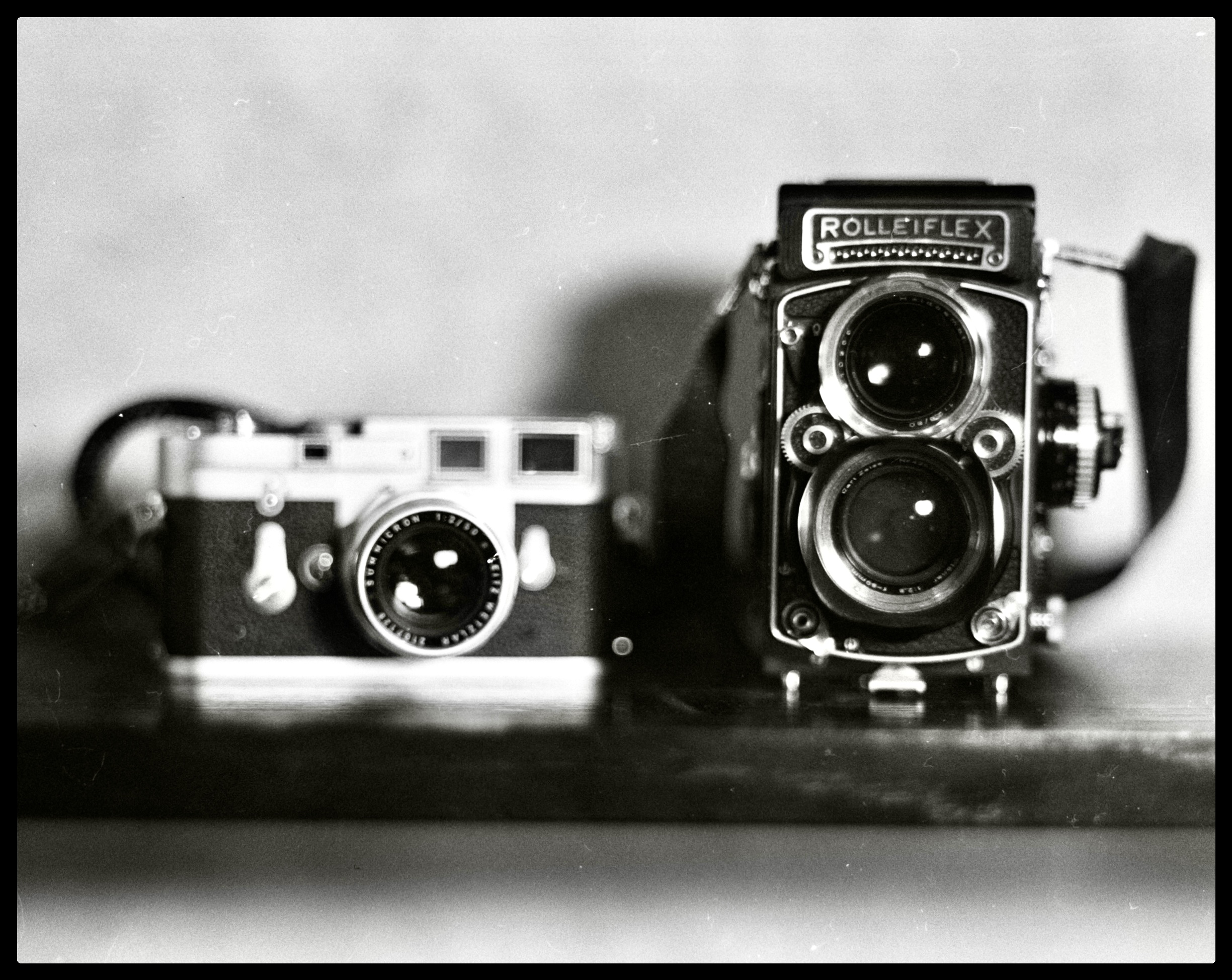
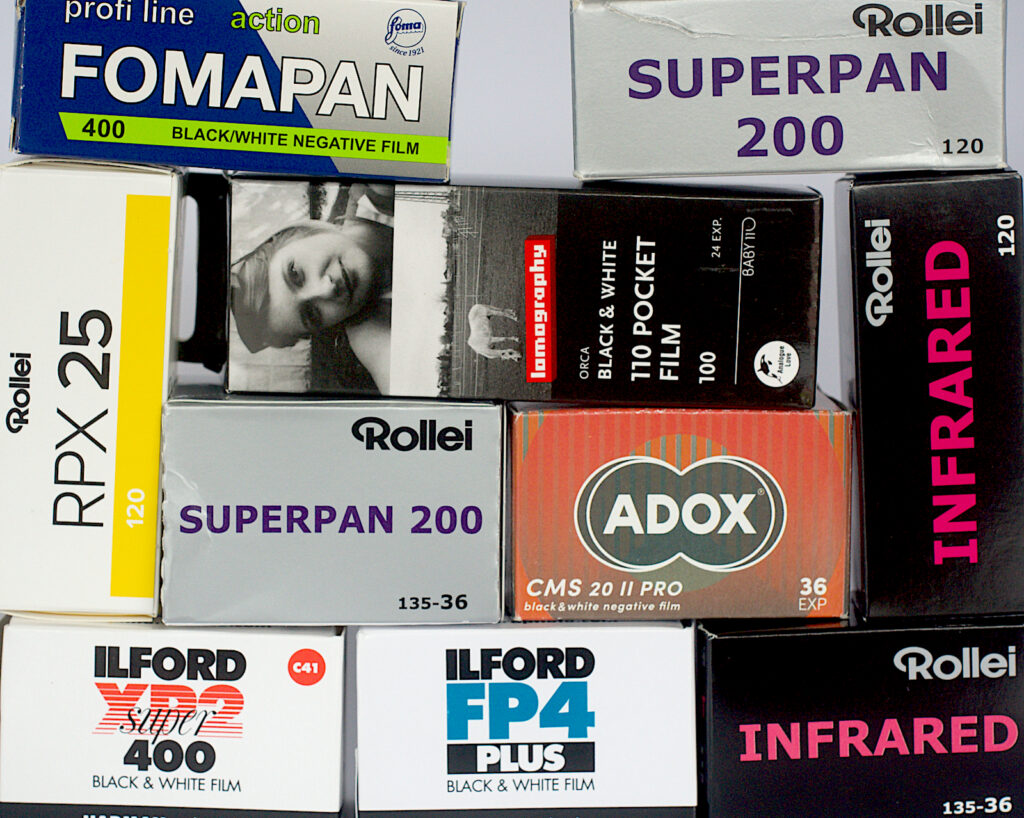
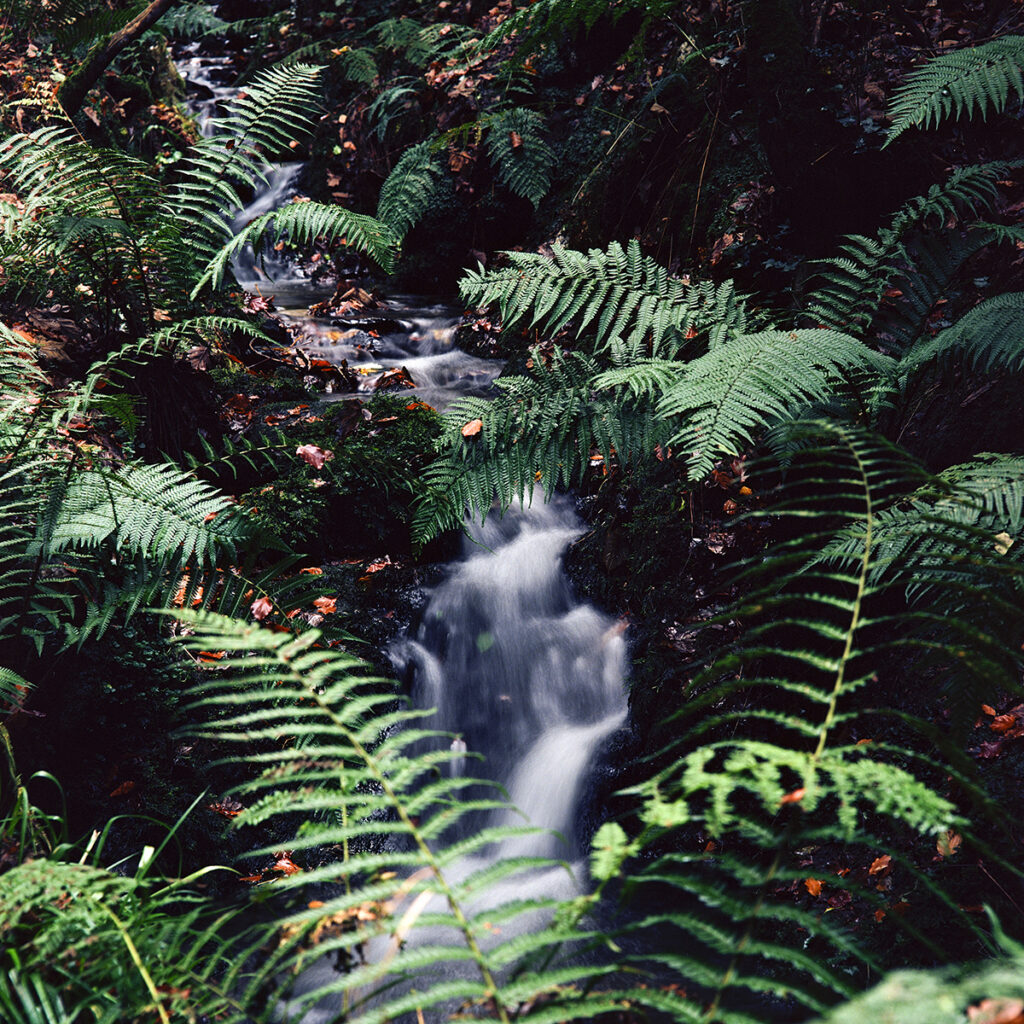
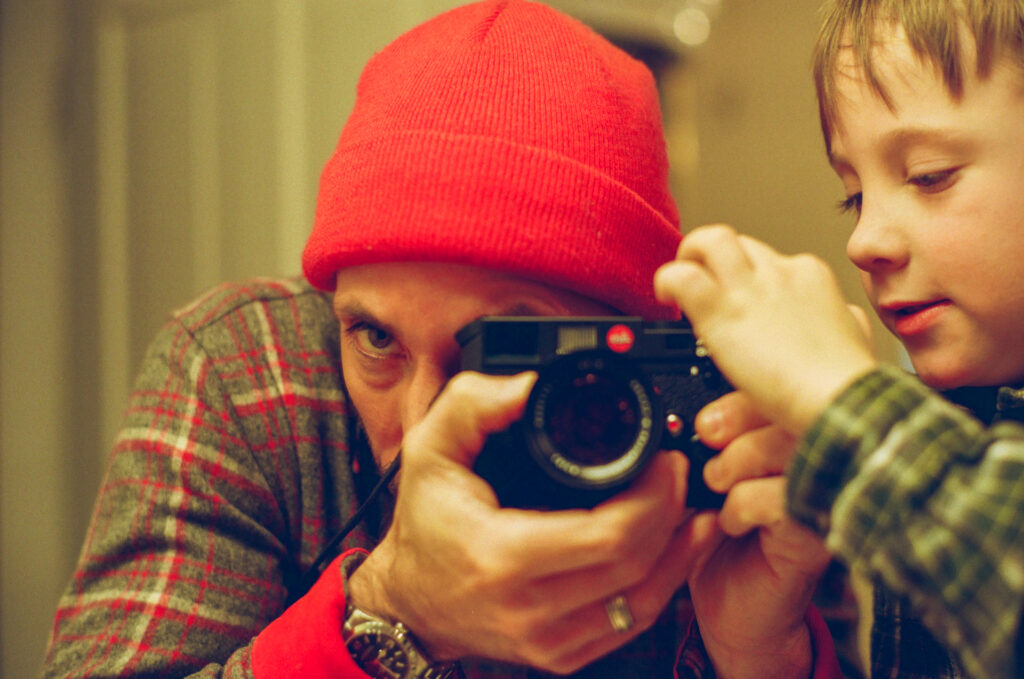
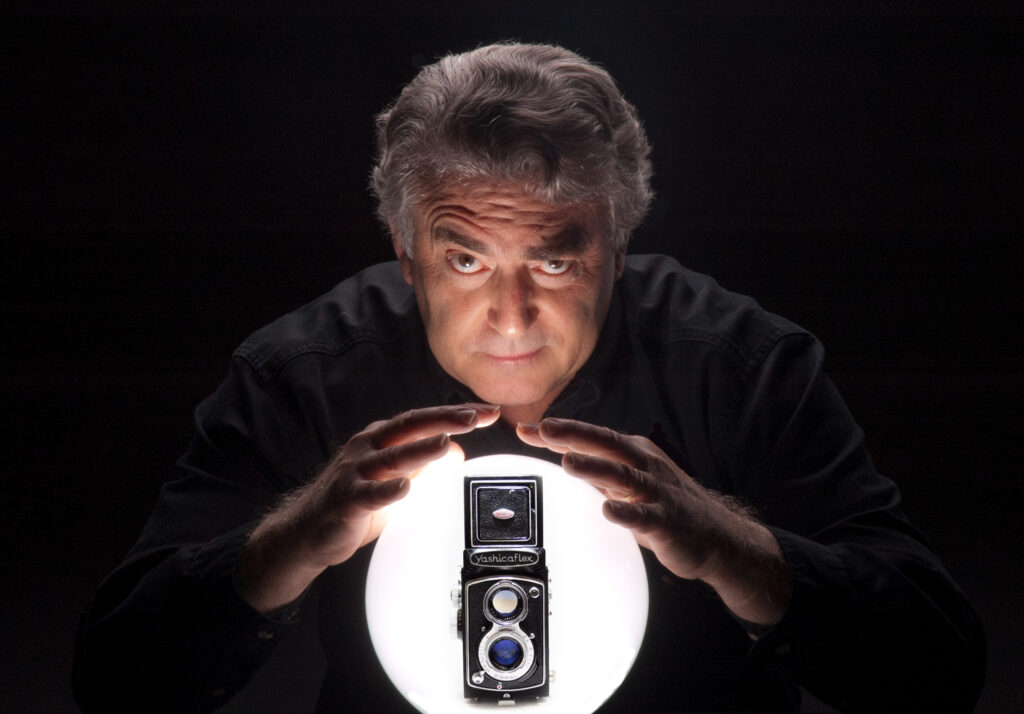




Comments
Stephen Fretz on Heads or Tails? My Camera Choice for 2025
Comment posted: 21/01/2025
Ibraar Hussain on Heads or Tails? My Camera Choice for 2025
Comment posted: 21/01/2025
And what wonderful photography - beautiful B&W work framing and moments
And I really like the street shot from Bombay !
Thank you
Ibraar Hussain on Heads or Tails? My Camera Choice for 2025
Comment posted: 21/01/2025
https://www.35mmc.com/01/04/2024/konica-minolta-dimage-x1-itll-put-you-off-photography-for-life/
Patrick Medd on Heads or Tails? My Camera Choice for 2025
Comment posted: 21/01/2025
Eric Rose on Heads or Tails? My Camera Choice for 2025
Comment posted: 21/01/2025
Paul Quellin on Heads or Tails? My Camera Choice for 2025
Comment posted: 21/01/2025
Jeffery Luhn on Heads or Tails? My Camera Choice for 2025
Comment posted: 21/01/2025
Decisions made in public are often regretted in private. I give you a pardon-in-advance!
You're a great shooter, so whatever you use will be the right choice for the moment.
Juna on Heads or Tails? My Camera Choice for 2025
Comment posted: 21/01/2025
Jeff T. on Heads or Tails? My Camera Choice for 2025
Comment posted: 21/01/2025
Gary Smith on Heads or Tails? My Camera Choice for 2025
Comment posted: 21/01/2025
James Evidon on Heads or Tails? My Camera Choice for 2025
Comment posted: 21/01/2025
Geoff Chaplin on Heads or Tails? My Camera Choice for 2025
Comment posted: 22/01/2025